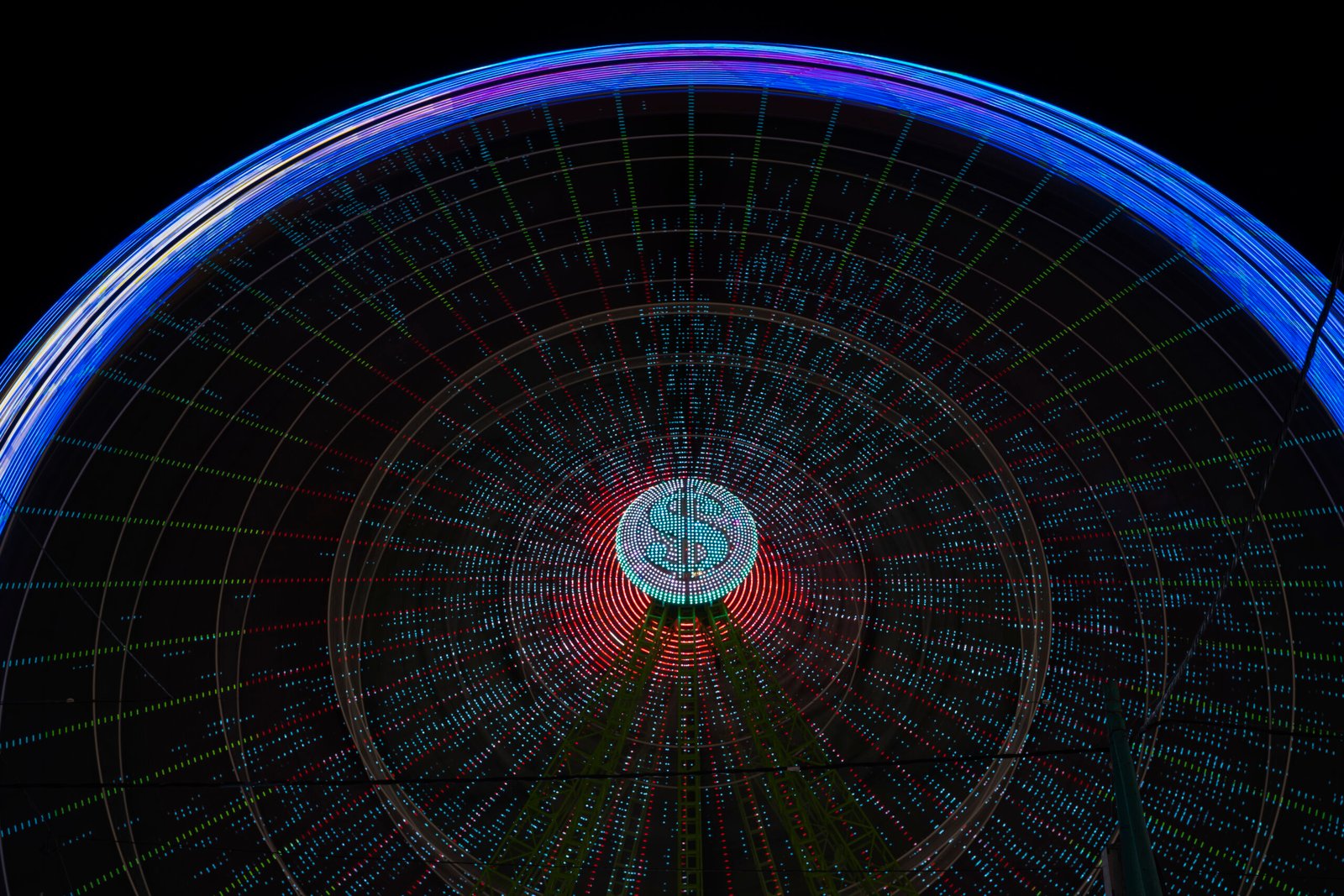Unlocking the Frequency Spectrum: From Megahertz to Hertz

A lot of the technologies we use every day depend on frequency. This includes radios, smart phones, Wi-Fi networks, and medical equipment. Frequency is sometimes talked about using words like “Megahertz to Hertz.” But what do these numbers really mean, and how important are they?For professionals, students, and techies alike, what makes their understanding so crucial?
This all-inclusive tutorial aims to define “Megahertz to Hertz.” their applications, and their significance in modern technology and beyond. We will also offer a novel perspective on how these units influence the evolving tech sector by examining the effects of switching between them.
Introduction to Megahertz and Hertz: What Exactly Are They?
Wide-ranging fields of research benefit from the frequency measuring units Hertz (Hz) and Megahertz (MHz). Let’s dissect their meanings first, though, before we get into their pragmatic uses.
Hertz counts cycles in second-time. One Hertz is one whole cycle every second. Repeated events—such as sound waves, light waves, or electromagnetic signals—are measured in this unit.
Conversely, megahertz are a higher unit of frequency equivalent to one million Hertz. Higher-frequency events including radio waves, clock rates in CPUs, and particular electromagnetic spectrum parts are routinely measured with this tool.
Both units are fundamental building blocks for knowledge of signal and technological functioning. Why, though, are these measurements so important?
What Defines a Hertz and a Megahertz? The Basics Explained
What is Hertz (Hz)?
Frequency is essentially expressed in Hertz. It bears the name Heinrich Hertz, a scientist who made major contributions to the study of electromagnetic waves. Operating at 100 Hertz, a repeated motion—that of a sound wave—say a 100 times in one second.
What is Megahertz (MHz)?
One million Hertz equals megahertz. Higher frequencies difficult to describe in smaller units are shown below. Radio waves, for example, typically lie in the Megahertz range; FM radio channels run between 88 MHz and 108 MHz.
The Relationship Between the Two
Simple multiplication allows one 1 MHz to equal one 1,000,000 Hz as Hertz to Megahertz moves.
Megahertz basically offers a way to succinctly communicate very high frequencies.
Making sense of anything from the capabilities of your Wi-Fi network to the CPU speed of your computer depends on an awareness of these units.
.
The Importance of Understanding Frequency in Electronics: Why Does It Matter?
Frequency is foundational to the functioning of electronic systems. But why is it so critical?
Enabling Communication
Frequency forms the backbone of wireless communication. From radio broadcasts to Wi-Fi routers, identifying and working with the ideal frequency ensures effective data transmission without interference.
Powering Modern Electronics
Electronic devices rely on signals oscillating at specific frequencies to operate. For example, your computer operates based on billions of electrical cycles per second, often expressed in Gigahertz (GHz).
Optimizing Performance
Understanding frequency allows engineers to tailor systems for specific tasks. For instance, higher processor clock speeds (measured in GHz) translate to faster computational power, while certain frequency bands are better suited for long-range vs. short-range communications.
Thus, a strong grasp of frequency directly impacts how we build and use modern technologies.
Megahertz vs. Hertz: What Sets Them Apart?
It’s easy to confuse Hertz and Megahertz since they both measure frequency. Yet, they cater to distinctly different applications.
Scale of Measurement
- Hertz is used for lower-frequency phenomena, such as audio signals and power grid oscillations (60 Hz in many countries).
- Megahertz is better suited for higher-frequency technologies, including radio waves and high-speed computing.
Applications in Context
- Consider music production. Audio frequencies, typically measured in Hertz, range from 20 Hz to 20,000 Hz.
- Your FM radio station at 102.5 MHz runs at a frequency too high to make sense in conventional Hertz.
Practical Implications for Engineers
The distinction between these units ensures that systems are appropriately designed for their intended applications. Ignoring these details could hinder both functionality and efficiency.
Applications of Megahertz and Hertz in Everyday Technology: Where Do We See Them?
Curious where you encounter Hertz and Megahertz in daily life? Examples abound across technologies:
Hertz in Daily Applications
- Electric Grids Running at either 50 Hz or 60 Hz, homes get alternating current (AC) power.
- Audio Equipment: Human ears’ hearing limit determines that sound waves lie between 20 Hz and 20 kHz.
Megahertz Applications
- Radio Broadcasting: AM and FM radio stations occupy specific frequency bands within Megahertz ranges. One often used FM frequency is 98.7 MHz, for instance.
- Wi-Fi Routers: Often running at frequencies like 2.4 GHz or 5 GHz, routers can be described in Megahertz units.
These shared contexts illustrate how frequency underpins the technologies we depend upon every day.
The Role of Megahertz in Modern Computing: How Does it Affect Our Devices?
Especially in reference to microprocessors and data transfer, modern computing mostly depends on frequency. Although computers today measure in Gigahertz, Megahertz has long defined CPU speeds.
CPU Speeds
The clock speed of a microprocessor controls its maximum operation count per second. For example, a CPU running at 3.5 GHz can manage 3.5 billion cycles per second, hence displaying efficiency.
Data Transmission
Megahertz also regulates internet performance. Frequencies within Wi-Fi protocols determine both range and speed capabilities, showing how critical the right frequency is to communication networks.
Thus, whether you’re browsing or building advanced computational machines, MHz is often the invisible metric at work.
The Future of Frequency: Gigahertz and Beyond – What’s Next?
As technology keeps improving, it keeps pushing the limits. The shift from Megahertz (MHz) to Gigahertz (GHz) and even Terahertz (THz) shows how important high-frequency skills are becoming.
5G Technologies
Networks powered by GHz frequencies are revolutionizing mobile connectivity by delivering faster speeds and lower latency.
Emerging Fields
Terahertz Imaging in healthcare offers unprecedented imaging resolution, while Petahertz Lasers are moving theoretical physics closer to practical applications.
Such advances affirm that the transition from MHz to GHz and beyond is merely the beginning of new tech possibilities.
Implications of the Megahertz to Hertz Transition – What Does It Mean for Us?
The transition from MHz to Hz-focused terminology highlights two key takeaways:
- Accessibility and Standardization
Simplifying the dialogue around frequency helps more people engage in technological innovation without specialist knowledge.
- Greater Technological Sophistication
Developments rooted in frequency measurements—be it Hertz or Megahertz—are paving the way for groundbreaking innovations in numerous fields.
By understanding these terms, we empower ourselves to better interact with, design, and anticipate the technologies shaping our world.
Frequency defines much more than scientific jargon—it influences how we communicate, calculate, and create. Whether you’re intrigued by how MHz powers devices or you’re curious about GHz technologies on the horizon, making sense of frequency gives you a window into the workings of modern civilization.


